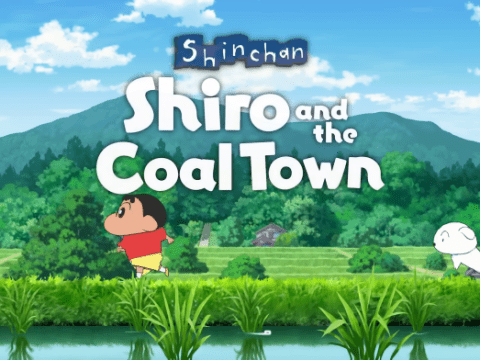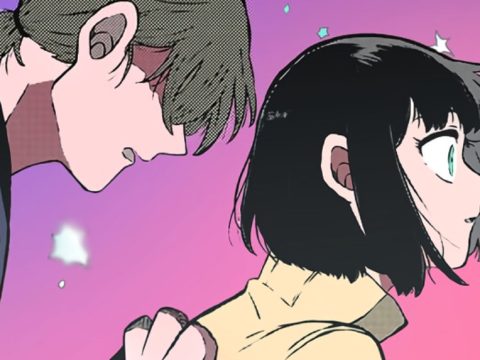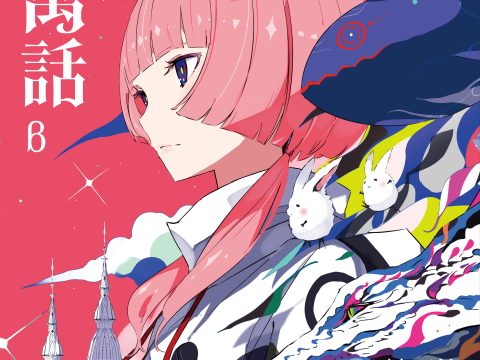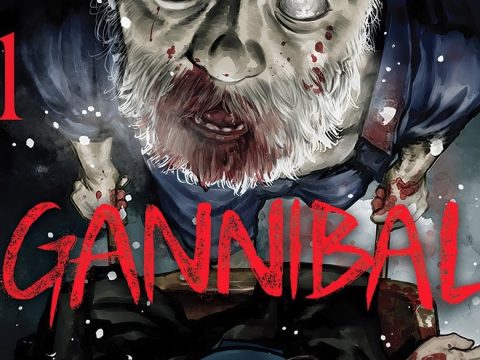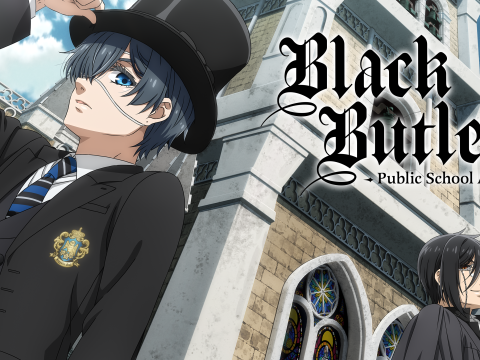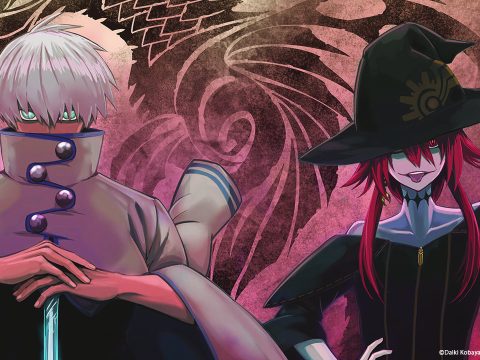
March 11 marks 12 years since a record-breaking earthquake led to the Fukushima nuclear power plant disaster. Guardian of Fukushima, a new graphic novel from writer Fabien Grolleau and artist Ewen Blain — which includes a foreword from Roland Kelts — tells the story of Naoto Matsumura, who stayed in the danger zone to rescue animals there. The moving graphic novel, which mixes biography and fantasy, shows how an everyday person can choose to do something extraordinary as Matsumura saves dogs, cats, farm animals and even ostriches. Grolleau and Blain spoke to Otaku USA about Matsumura’s incredible story, how the graphic novel came together, and how Miyazaki and Tezuka have influenced them.
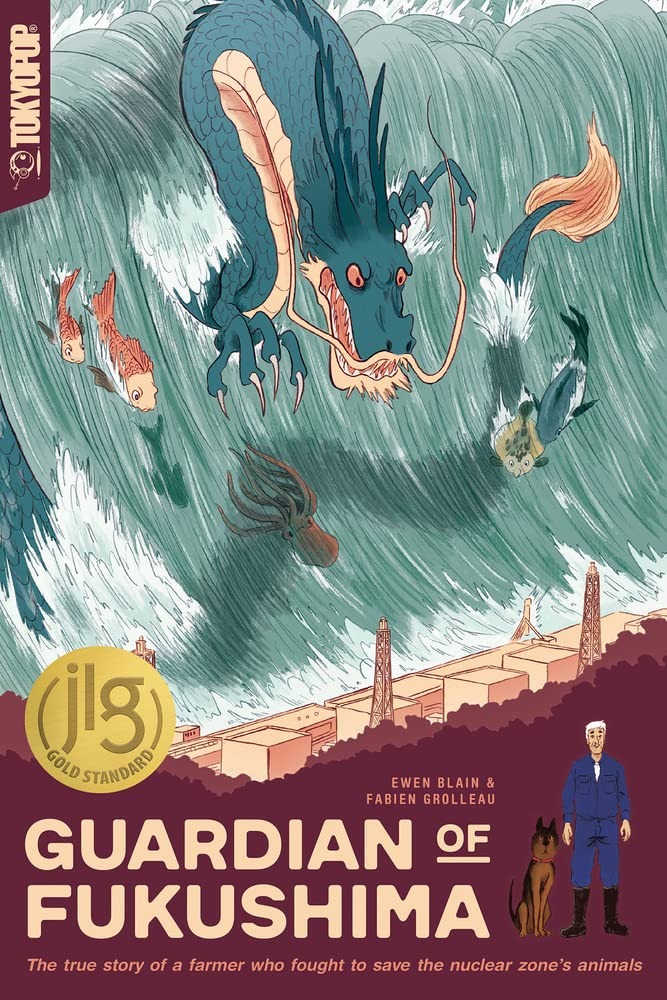
What drew you to Naoto Matsumura’s story?
FABIEN GROLLEAU: Many subjects and questions are intertwined in this story: first the terrible, three-fold catastrophe of Fukushima: the earthquake, tsunami and nuclear accident, the importance of this episode in the contemporary world and its ecological questions, but above all Naoto’s courage and humanity. A lonely man stands in a devastated world; one might believe in a classic science fiction story but no, it’s reality.
EWEN BLAIN: I was very touched by the fact that Naoto’s actions were carried out by someone so normal, who is not an activist, who does not have a basic bias on the nuclear issue or the animal question. His reaction to the horror of the situation is very beautiful, very human. That doesn’t mean that if he had been an anti-nuclear and/or animalist activist, that would have diminished the impact of his act, but let’s say that it makes his approach even more universal, and more moving.
Why did you decide to blend Japanese folklore with a real events in your graphic novel?
FG: We wanted to show that when a part of the planet is affected by such disasters and it becomes closed to humans, of course we think first of the human victims, then of the ecological disaster but it is also a cultural disaster. The imagination is touched and we think that in Japan, it is a very important part of the culture which was affected by nuclear power – they lived through Hiroshima. It is also for religious or philosophical reasons stemming from Japanese Shinto culture that Naoto wants to save the animals, furious that they are thus sacrificed for nothing.
EB: I think it’s due to Fabien’s way of writing, who often likes to mix “little” stories that seem farther from the subject of the book to better shed light on the subject itself through resonance.
With fantasy elements being such an important part of the book, how did you find the balance between fact with fiction without jeopardizing the truth of Matsumura’s experience?
FG: We first trust the intelligence of the reader to make sense of things, most of the fantastic elements are reported as stories we tell ourselves. They are inspired by major myths over there, I think that the real and the fantastic are quite linked in Japanese reality. They have deities, very everyday shrines, it’s also an aspect that we wanted to show; it’s almost normal to show that fantastic creatures suffer.
The first time I discovered Naoto Matsumura was through a photo report by Antonio Pagnotta, a journalist and photographer who went to the forbidden zone of Fukushima to do a report for the online newspaper Médiapart. These photos were great and immediately made me want to write about the Matsumura fight. During the writing, my sources of information were the book that this same Antonio Pagnotta later wrote, “The last man from Fukushima”, numerous visible reports on internet video channels and I read, watched, listened to all the interviews Naoto gave about his fight, especially when he came to France to support the anti-nuclear movement. The words that I make him say in the graphic novel about his fight come from these interviews. I then added research on the disaster itself and on Japanese mythology, all sprinkled with my imagination; there is a large part of assumed fiction in our work.
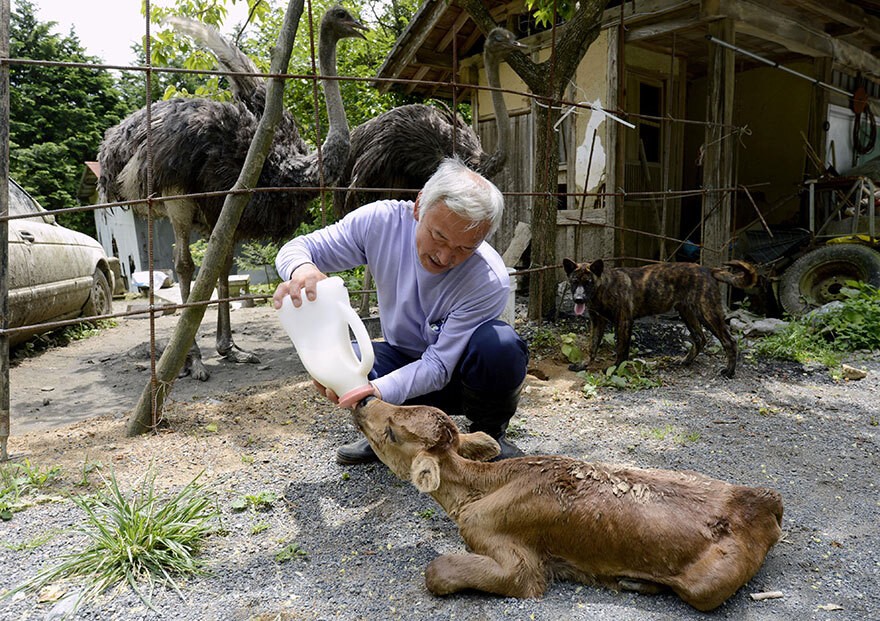
How have Miyazaki and Tezuka influenced your work?
FG: Both are very important to us: Miyazaki for his imagination, Tezuka for the richness of his stories and his genius for storytelling in comics. When we introduced elements of the fantastic into our story, it was by thinking of them, of their respective works in which ecological questions are major themes.
EB: During our first exchanges with Fabien, we were looking for a bridge between his writing and my drawing. Very naturally, and quickly, these two authors arrived in the discussion as they feed our respective paths. As for me, I grew up with these influences, first on television, then with the arrival of paper manga when I was a teenager in France; they are two major influences in my construction of drawing.
If you could meet Matsumura, what would you like to say to him?
FG: Bravo and thank you for his fight and his example. I will first ask him about his health, I hope that the most irradiated man in the world is well and incidentally what he thought of the book, we always hope when we write about someone real to have respected his person, his thoughts and his struggles.
EB: Thank you for the depth of your commitment to these animals, through the horror of the Fukushima disaster.
Some sample pages from the book:
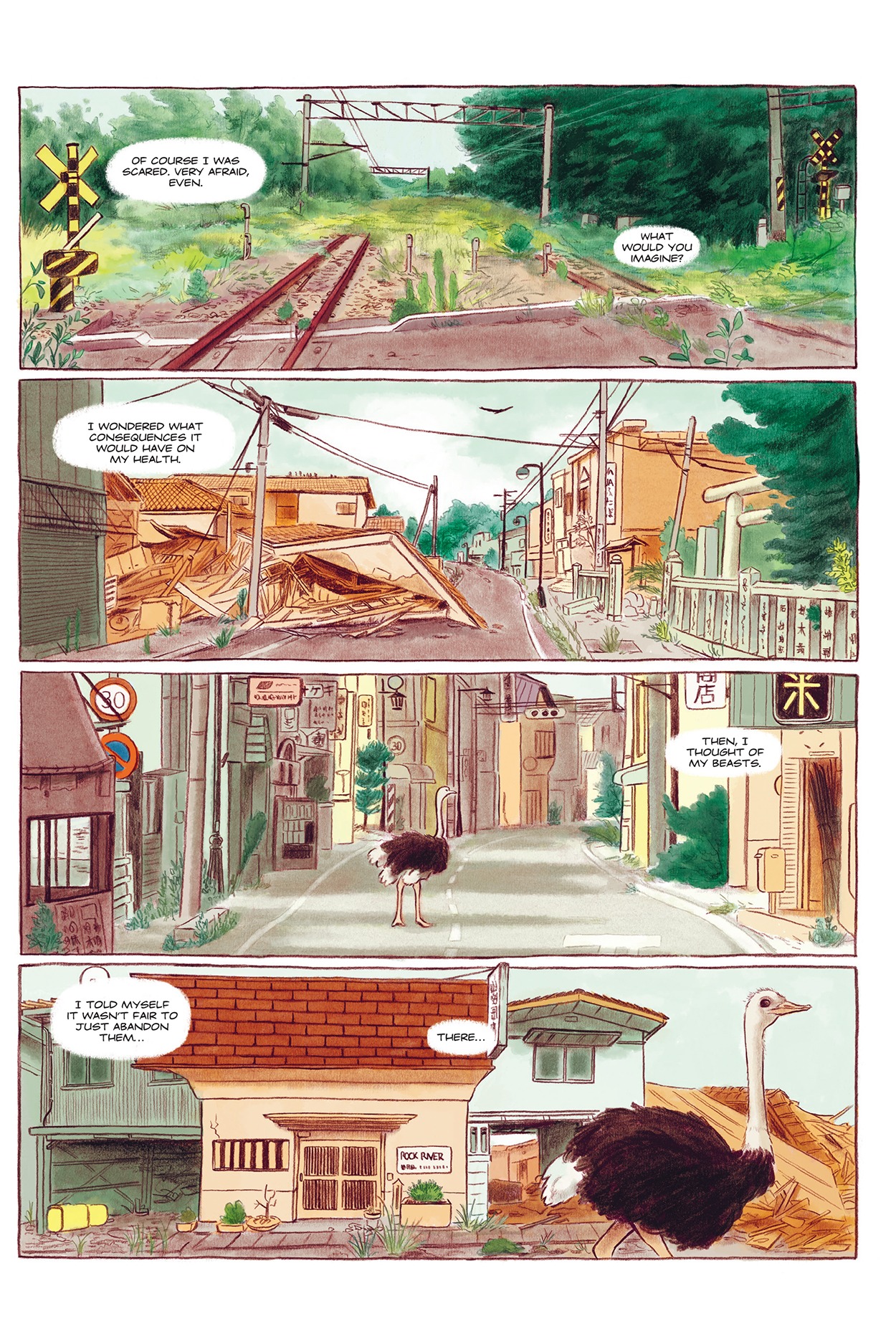
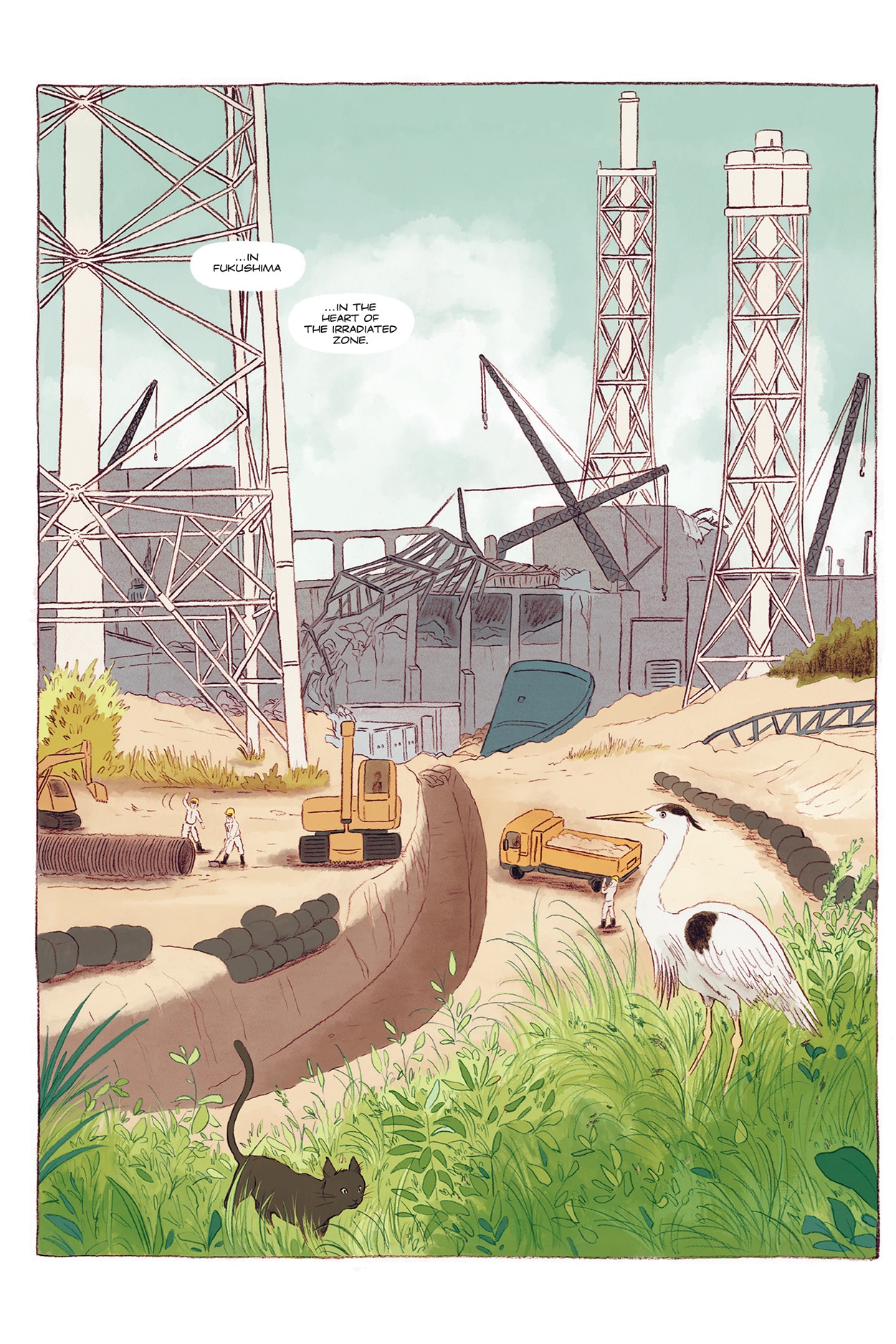
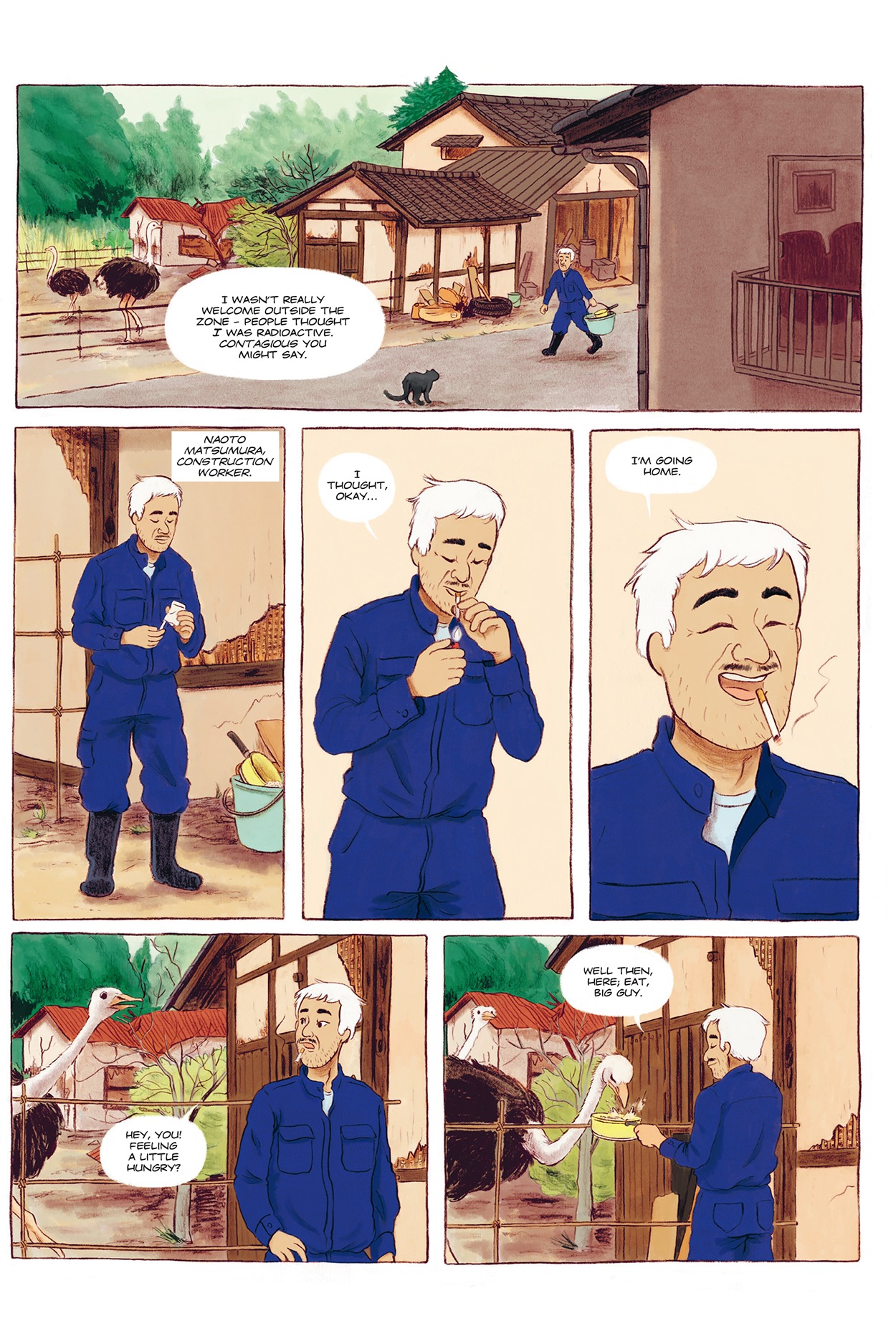
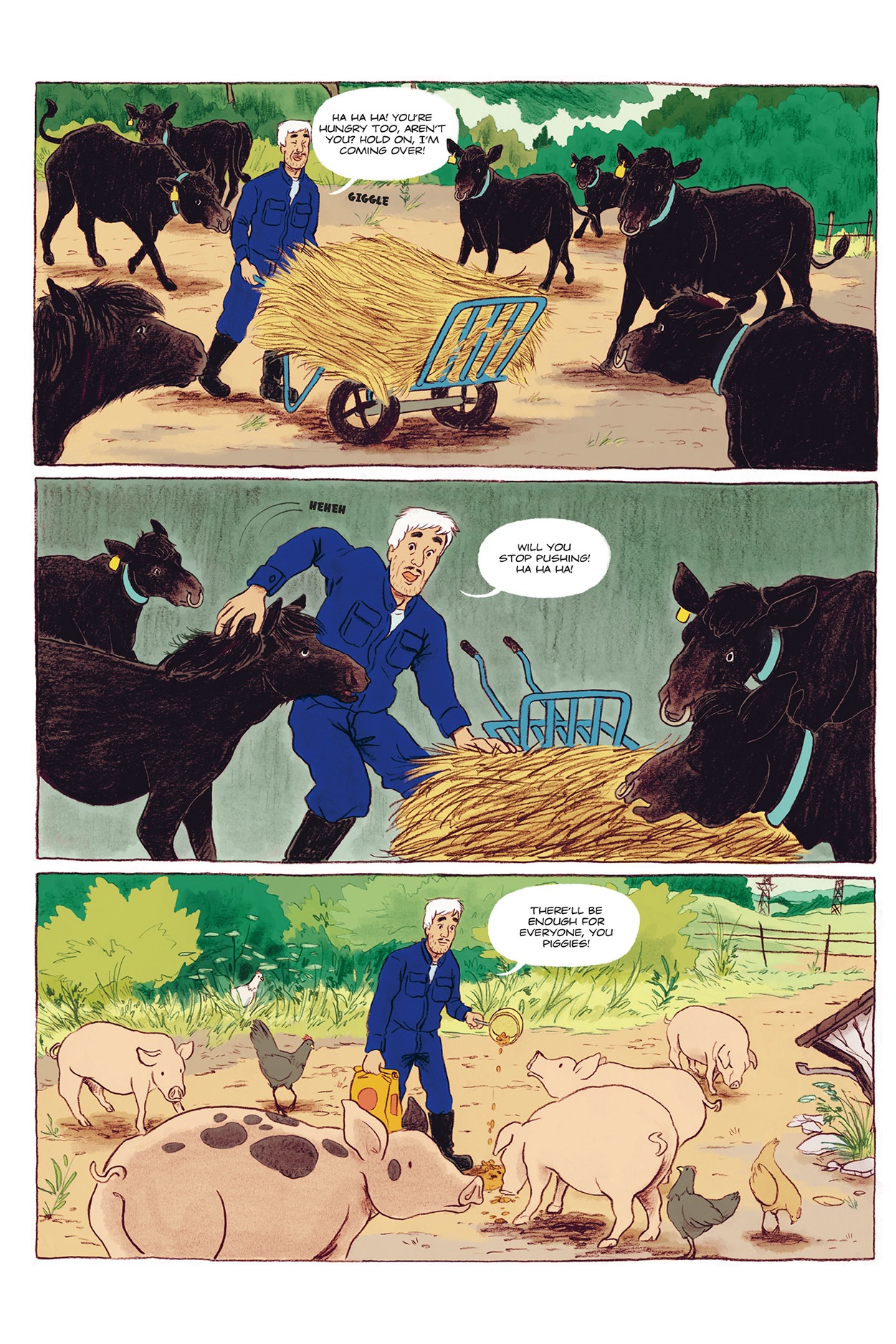
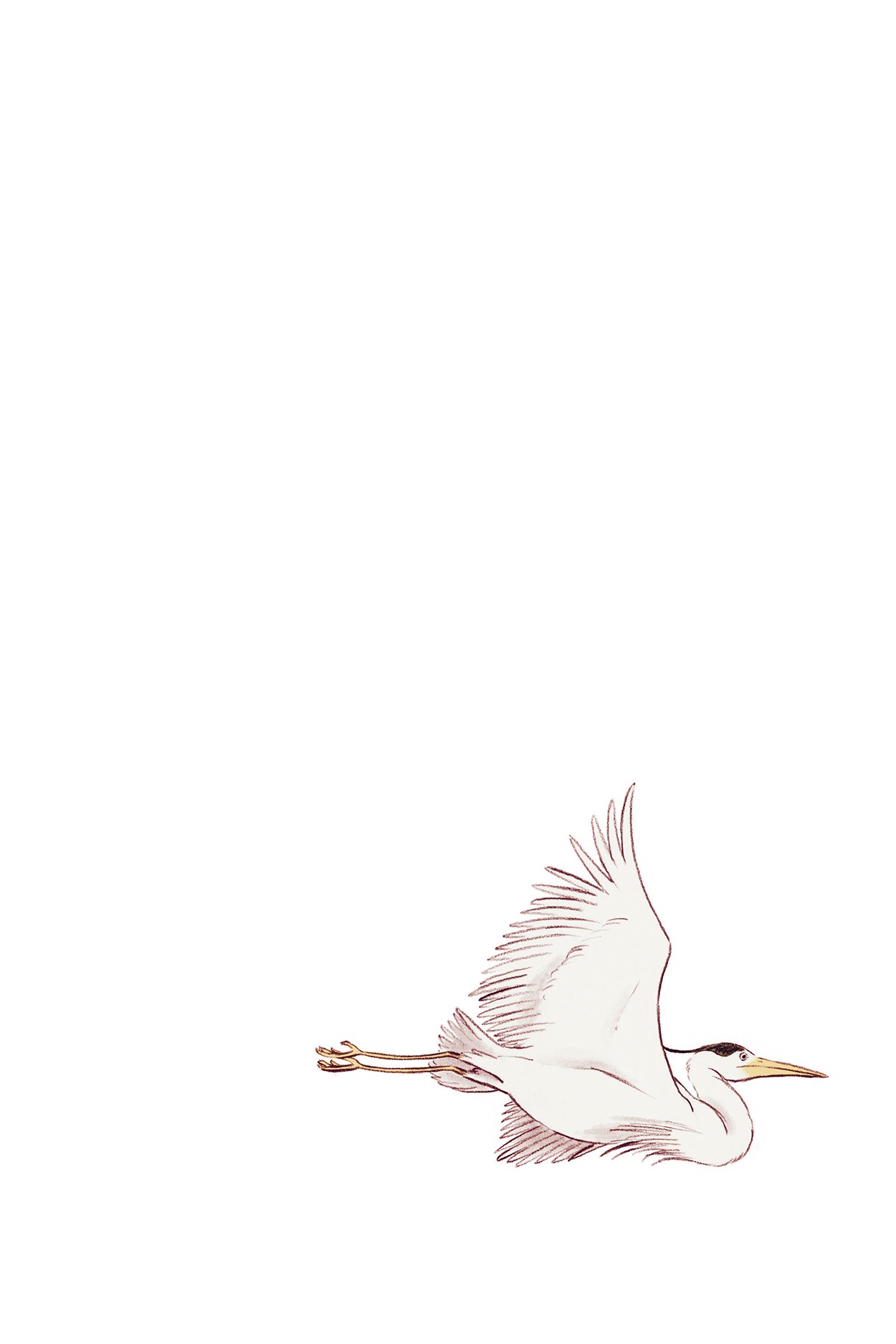
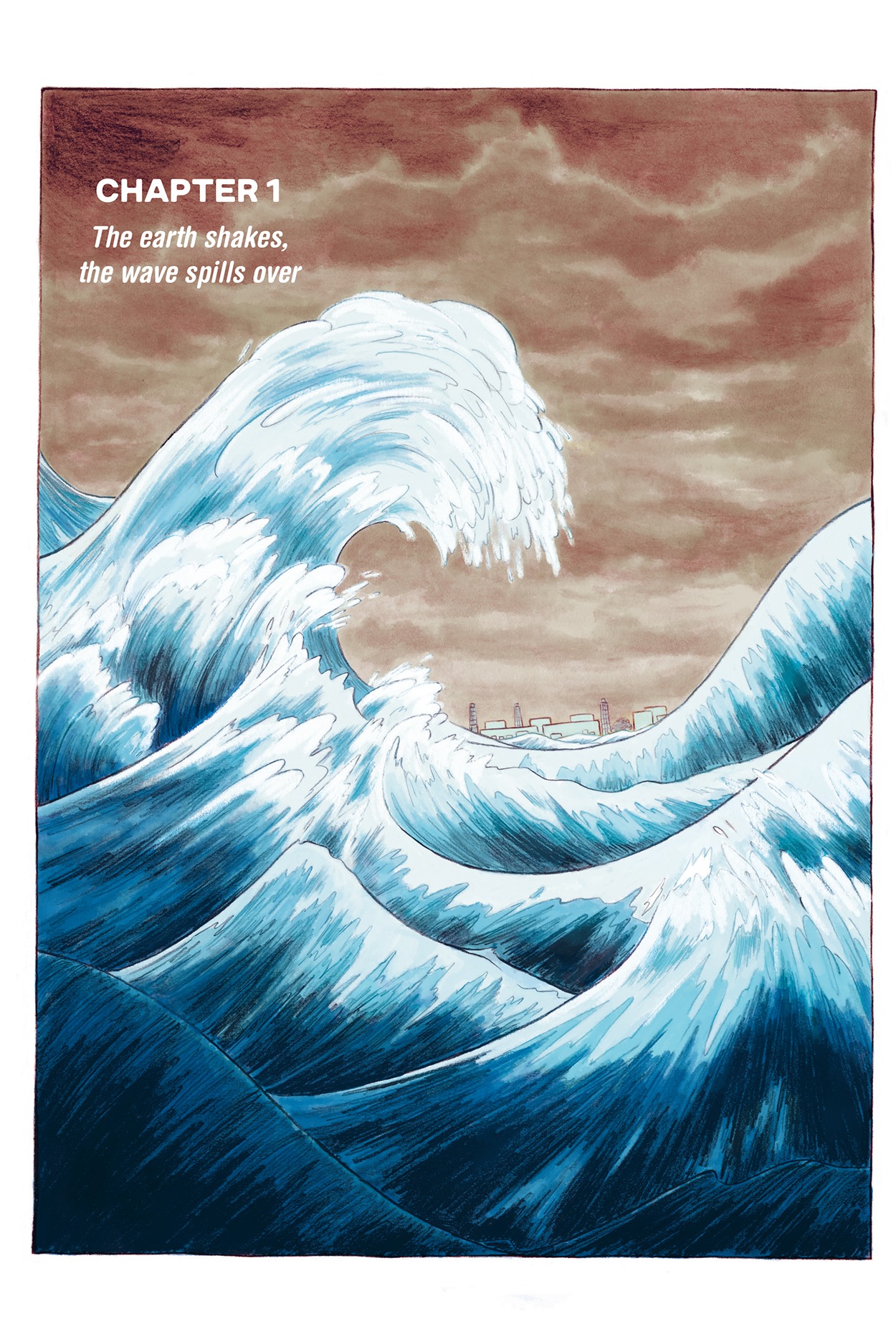
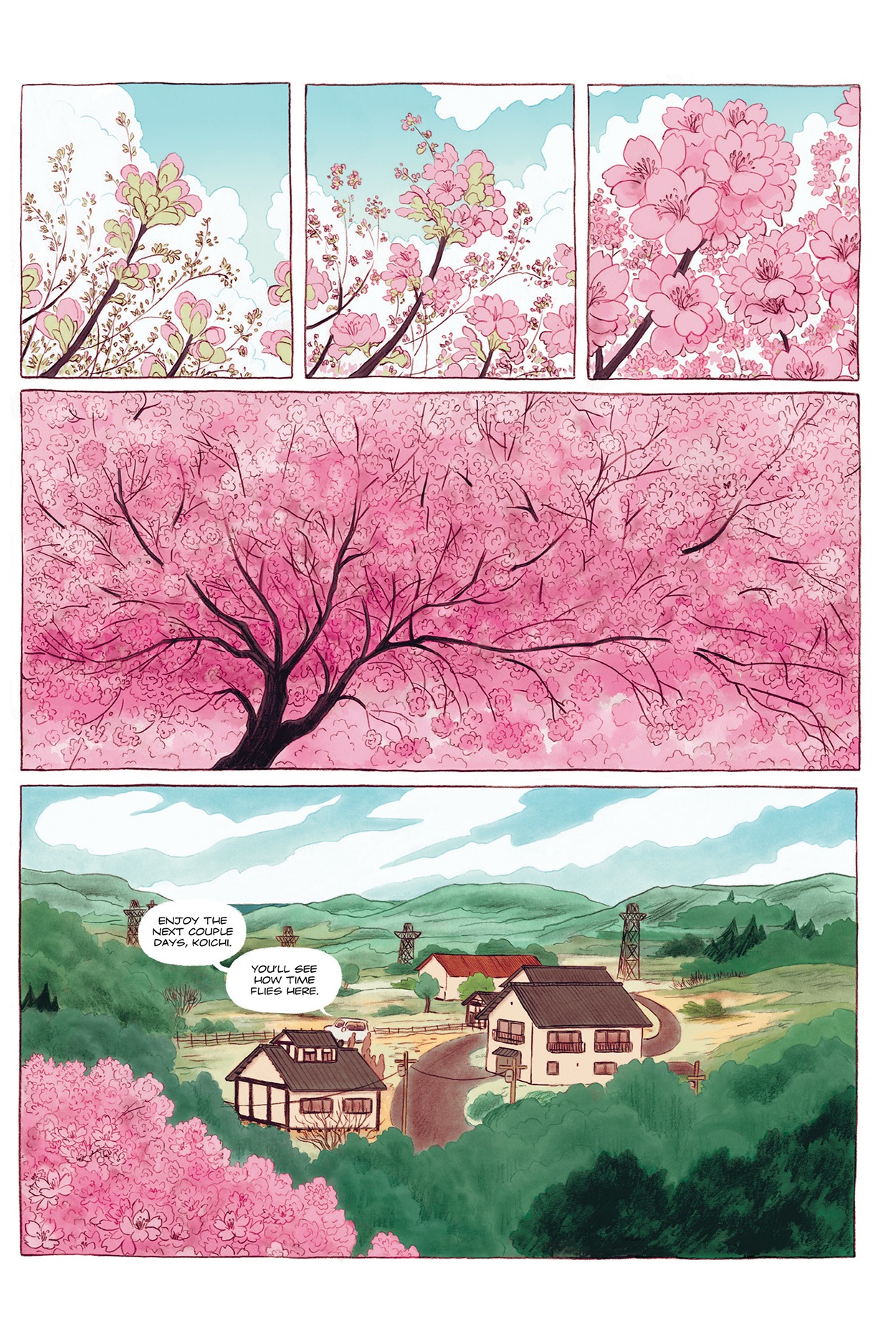

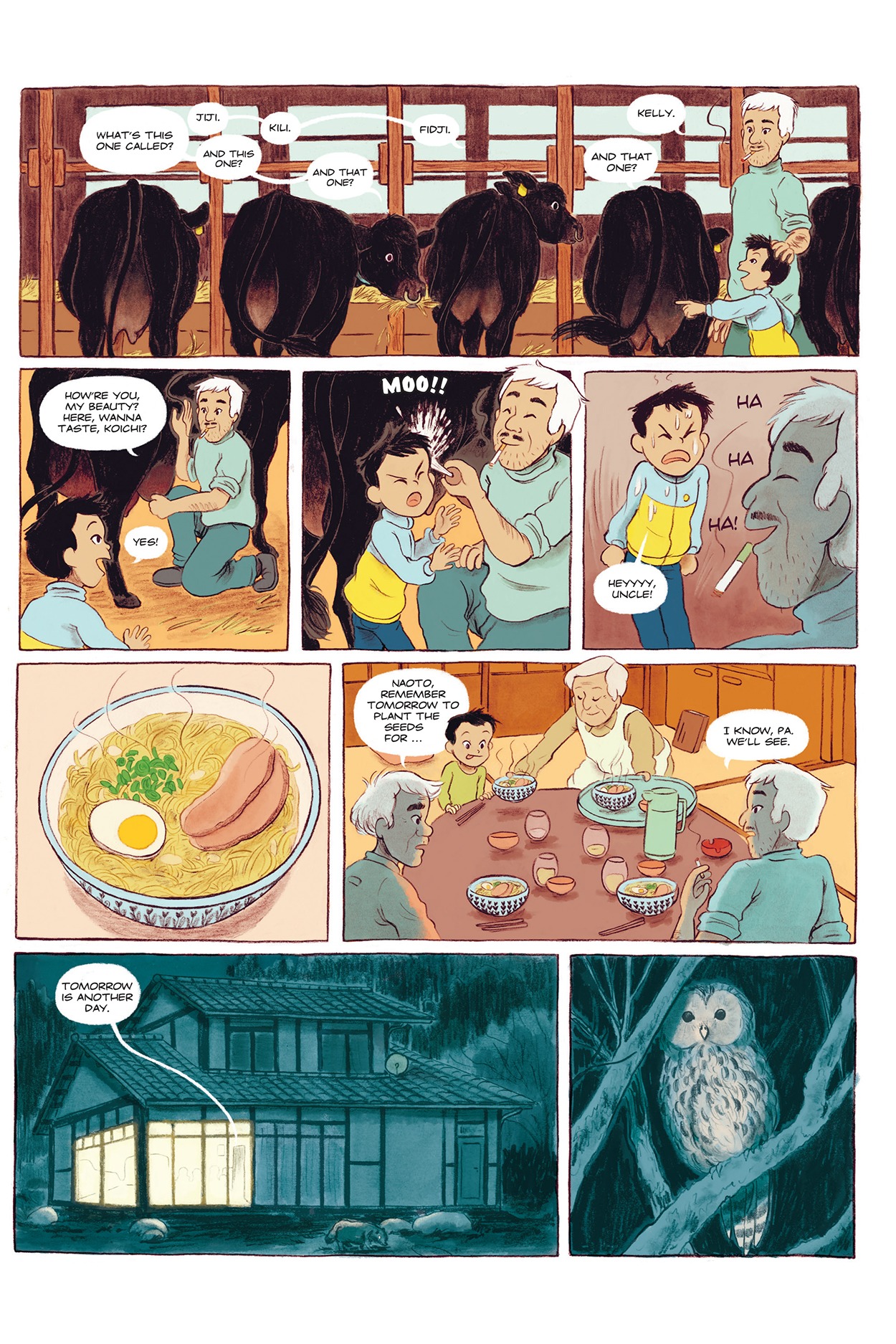
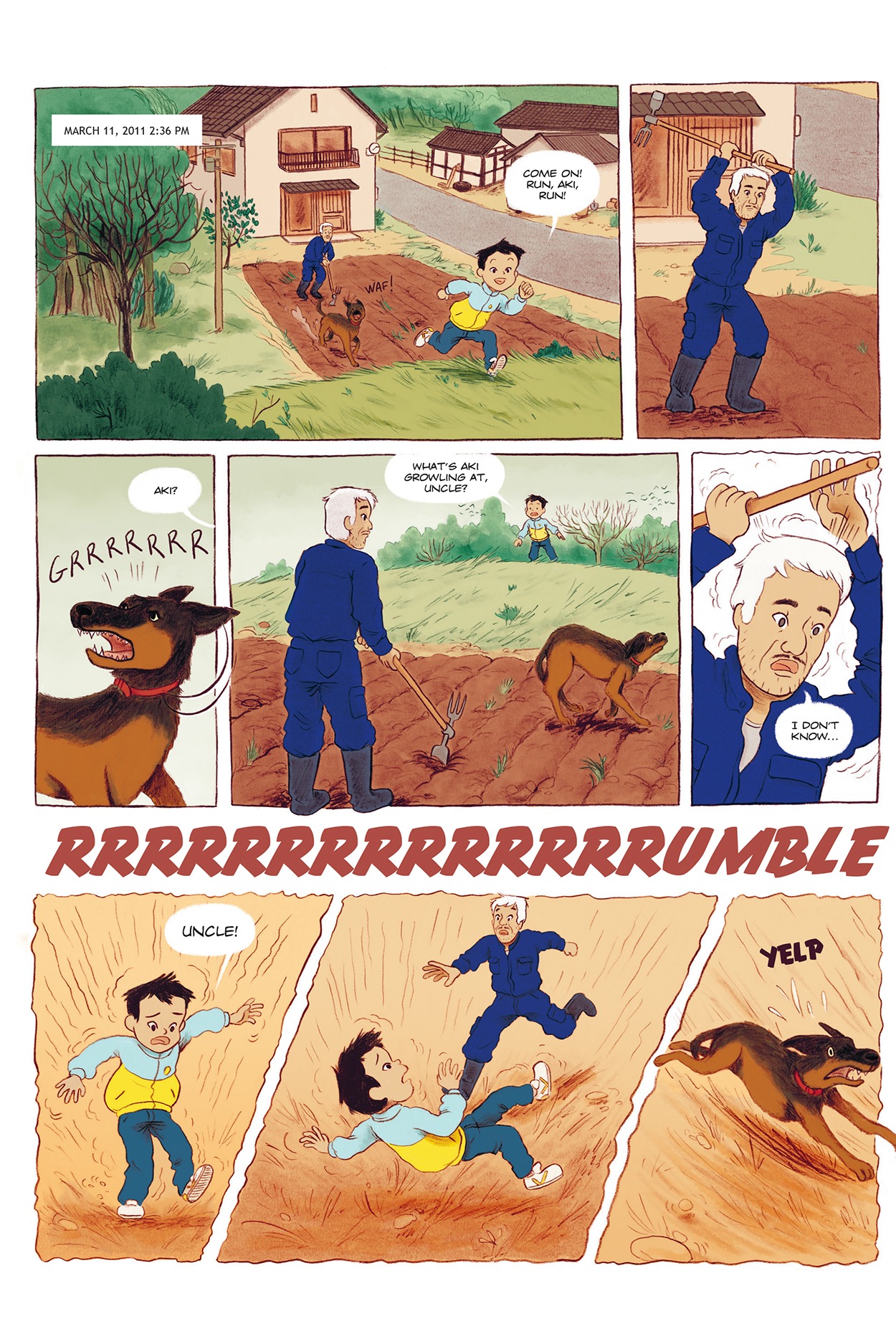
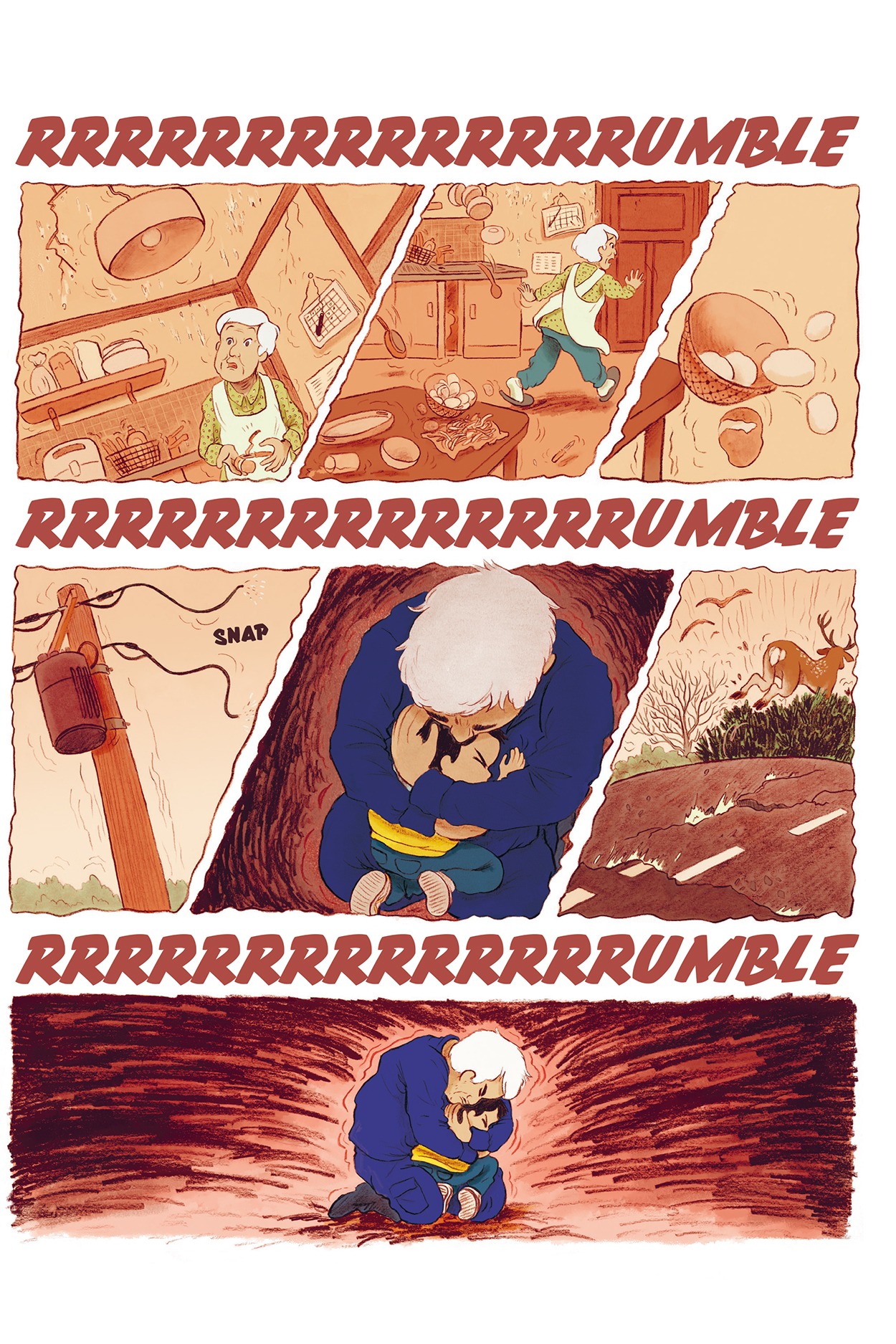
____
Danica Davidson is the author of the bestselling Manga Art for Beginners with artist Melanie Westin, plus its sequel, Manga Art for Everyone, and the first-of-its-kind manga chalk book Chalk Art Manga, both illustrated by professional Japanese mangaka Rena Saiya. Check out her other comics and books at www.danicadavidson.com.


